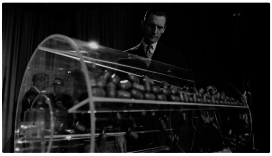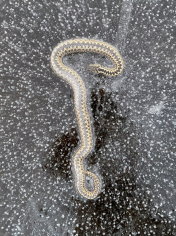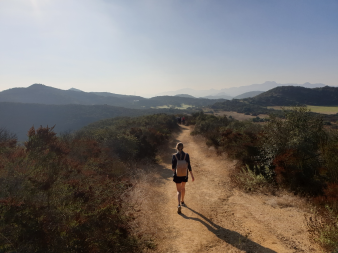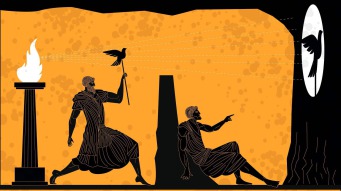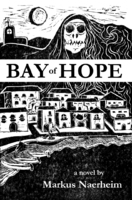
Welcome!
Dear readers and fans,
I've recently written and posted a short story called Asteroids. It is 11,000 words, or 16 pages. To
read it, just click on the link and donate, and you will receive a passcode to this and future exclusive content. Then go to Exclusive on the menu bar for access.
Also check out my latest short story Luck of the Draft for free.
As always, thank you for your support. Keep reading, and be sure to enjoy the details and small joys of life, even in these difficult times. Call your friends and family, cook a nice meal, take a walk in nature, listen to classical music, laugh, be creative, meditate and breathe, dance, and do anything else that is good for body and soul and makes you and others happy.
Sincerely,
Markus
Exclusive
Asteroids
When he was a child, Hudson had played a video game called Asteroids. It was a simple game, developed in the early days
of computing. The graphics were basic. You were a triangle-shaped spaceship that could rotate to shoot at irregular shapes, the asteroids, which broke up into smaller and smaller pieces until they
were destroyed. If you got into dangerous situation, you could activate your thrusters to get out of the way. This was usually a mistake, as subsequently you would drift out of control. Destroying
asteroids scored you points that were recorded at the top of the screen. The goal was to get the highest score. You had three lives.
Donate, and receive a passcode to this and other exclusive content.
Stories
Luck of the Draft
Jimmy got his draft notice in the mail. He saw it as a death sentence. So many young men like him were dying in Vietnam. Others were coming home maimed for life. He did not sleep much up until his
departure. He indulged in all the things he might never do again, and which were his right in a free country. Then he packed his bag, said goodbye to his tearful family, and left early one morning
for the draft office. Once there he was booked in, given his kit and a haircut (no more long hair for you), and loaded onto the bus to basic training. Walking down the aisle he saw his own emotions
plastered onto the faces of his fellow future soldiers. Wide eyes staring into infinity, sweaty foreheads, clinched jaws, and tight stomachs. They sat there waiting for the bus to fill up and for the
door to close on their future. The door closed.
Read more . . .
A Perilous and Fantastic Journey
He had been in the forest for many days, and he was hungry. The canopy of pine and fir trees shielded the sun, but now it had gone away entirely, so that not even the filtered light shined through.
Photo: Odd Kåre Wiik
Blog
I have titled my new blog Life Alchemy to highlight the
process of changing your state of being from one phase to another, just as the alchemists endeavoured to change base metals into gold and discover the elixir of life. I believe I have developed the
mindset and discovered some of the methods and practices to living an elegant life.
It is possible to change your life, and not just talk about
it, no matter who you are, where you live, what phase of life you’re in, or your personal circumstances. Change is the only constant, yet if you want that change to be a good one, you must plan it.
You can’t change your life overnight, just by hoping and dreaming. Instead, you must take active steps over time to live the life of your dreams.
I am writing to share some advice, anecdotes, and
information to help you also live your best life. In my posts, I will write on a wide variety of topics, including food, health and wellness, travel, practical lifehacks, beautiful and useful things,
cool art, culture, and daily life. I want to inspire you, my readers, while at the same time giving you practical advice on how to live more simply and elegantly, so you have more time to focus on
what you enjoy.
Thanks for reading,
Markus
Latest Posts
In our daily lives, we establish routines to shape our day and make it both manageable and understandable. We also develop habits, both bad and good, to cope with and enjoy life.
Read more . . .
If something can’t grab and maintain your attention within five minutes, then it isn’t worth your time. It requires taste, skepticism, and discernment to know quality when you see it.
Read more . . .
Everyone shops but many people don’t know how. Shopping well is an essential skill to have.
Good shopping is about living within your means, buying only what you need, not getting fooled by advertising, not trying to please others, or competing with your peers; and keeping track of your
expenses so that you can save for a rainy day. The benefits of not overconsuming are manifold. You will be psychologically healthier if you don’t base your self-worth on what you own, as opposed to
what you achieve.
Read more . . .
In order to achieve something in life, you need a plan. In order to make a plan, you must have a goal. To achieve larger goals, you must set milestones, which you can reach step by step.
It is the struggle that improves our performance and production. Without struggle there is no meaning in what we do.
Read more . . .
Novels
Esperanza, a small coastal town in Mexico known for its natural beauty, community spirit and quality of life, is about to have its local ecology of fishing and tourism disrupted by a group of outsiders. As Esperanza’s pro-development mayor, and Natura, a major international environmental NGO, work to shape the town’s future, a bilateral war on drugs has provoked a turf war between rival drug cartels that threatens to consume Mexico. Can Esperanza preserve its traditional values, natural resources and local economy, or will it be destroyed by the corruption, greed and violence of a global marketplace where everything is for sale?


